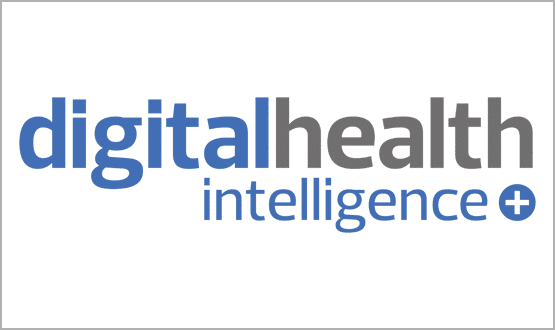Interoperability named highest priority for NHS IT chiefs two years running
- 18 July 2019

Interoperability has been cited as the highest priority for NHS IT Leaders for a second year in a row, according to the findings of the 2019 NHS IT Leadership Survey.
It was identified as the number one concern by 78% of NHS IT leaders who took part in the survey, slightly down from 84% in 2018. The results indicate that the high-profile issue of interoperability remains firmly on the agenda of senior IT leaders across the health service.
Respondents said they hoped NHSX, the new body responsible for NHS IT, would aid interoperability, citing the need for additional funding, clear communication and established standards.
The next highest priorities identified were clinical engagement, identified by 74%, and ensuring a reliable, resilient, secure infrastructure (67%).
Moving towards paperless working was identified as a priority amongst 65% of respondents, however this number has dropped slightly from 69% in 2018.
When asked to name the biggest ongoing projects, respondents cited electronic patient records, as they have for each of the past three editions of the survey (67% of respondents in 2016; 57% in 2017; 67% in 2018; 59% in 2019).
Now in its fourth year, the annual NHS IT Leadership Survey, carried out by Digital Health Intelligence, exclusively surveys the priorities and concerns of local NHS digital leaders, including CCIOS and CIO and the most senior IT professionals and doctors and nurses working on digital projects.
The 2019 survey results suggest the focus for many is moving from organisational digital strategies to a broader, local system level approach. Some 65% said their strategic digital focus had moved from the organisational to the wider health and care community level.
Paperlight by 2023 – pipedream or realistic target?
Each year the survey asks about confidence in achieving high-profile national targets on digitisation.
The survey report identifies a further steep drop in confidence in the paperlight by 2023 target. In February 2016, Jeremy Hunt announced that £1.8 billion would be invested to achieve paper-free by 2020.
In 2018, 41% of survey respondents said they were “extremely confident” this target could be met. In 2019, this dropped to just 28%.
When asked whether they were confident of achieving paperlight by 2032 onwards, 80% said they were.
However, it is still striking that 20% still don’t feel even another 13 years will be enough time to achieve a paperlight NHS.
Sharing is caring?
Confidence is also waning in more recent targets for shared care records, with less than half “extremely” or “quite” confident their organisation will be connected to a shared health and care record by the end of 2020.
Despite this, 31% of respondents cited shared health and care records as a forthcoming major project. This figure has remained remarkably consistent over the years – the figure was exactly the same in 2018 and 2017.
The 2019 survey had 186 responses from NHS IT leaders, drawn from Digital Health Networks, the community of CCIOs and CIOs. Responses covered leaders from acute, mental health and community trusts, primary care organisations, clinical commissioning groups, commissioning support units, together with NHS organisations in Scotland, Wales and Northern Ireland.
Full copies of the survey report are available to subscribers to Digital Health Intelligence and all NHS IT leaders who completed the survey.




2 Comments
Nice to hear that NHS leaders are so keen on interoperability. I wonder why they don’t implement it. I speak from my own recent experience. Since the New Year, I have had heart and lung trouble, for which I have been treated at four hospitals, two for lung and two for heart. These hospitals, among the most prestigious in London, are not more than 10 miles apart. I have been an inpatient twice during this period.
I would have expected that the results of CT scans, blood-tests, angio-grams, consultant appointment reports and discharge summaries would pass seamlessly and electronically between the four hospitals and my GP surgery. Surely, this is what interoperability is all about? Or have I , a geriatric patient totally misunderstood the nature of interoperability.? Please let me know if I have.
But, in the last six months I have seen no evidence of such documents passing between the hospitals electronically, and my GP medical record shows no indication that I have been undergoing any medical problems. Letters between the consultants in the four hospitals are invariably by snail mail, and can take up to ten days for my copy to reach me. (I suppose I can count myself lucky to receive a copy.)
My conclusion is that for patients’ real needs, interoperability does not exist in the NHS. The delays involved endanger my health, but also make it more difficult for the clinicians to treat me effectively. However, they do not seem to notice.
In Primary Care two things I wish could be sorted out urgently:
1. Getting INPS Vision into the GP Connect / Care Connect party
2. Resolving which NHS Digital programme is responsible for delivering Care Connect and GP Connect for interop with EMIS Clinical Services [not Web] and Vision 360.
Without the above, joint working across PCNs containing Vision practices is next to impossible, GPs now realise this, and are stampeding to migrate to EMIS.
Without the abovea chieving Direct Appointment Booking into PCNs and Federations providing GPIA / EA, is impossible.
Comments are closed.